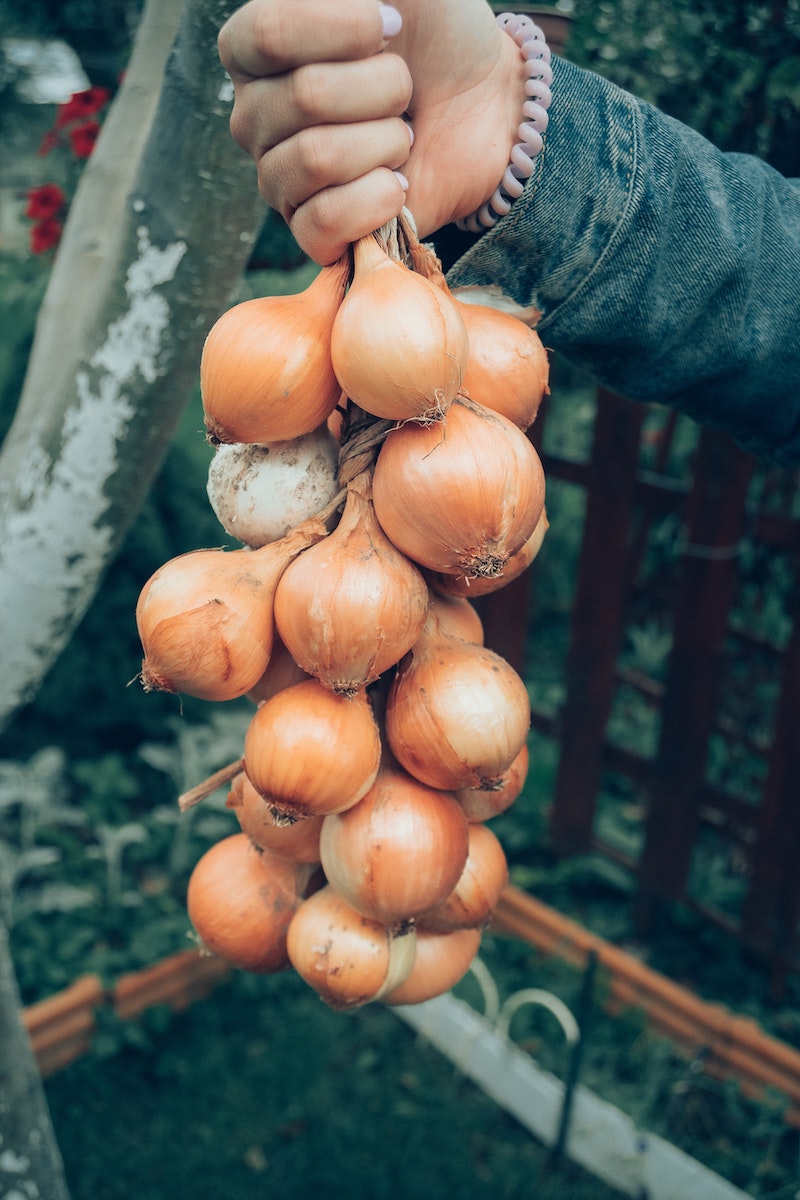If you are a gardener living in a colder climate hankering for homegrown produce year-round, you might want to consider overwintering future crops to extend your growing season.
Put simply, overwintering is a way of protecting plants from colder temperatures and frost and includes a variety of techniques. Some plants don’t need help surviving cold conditions, some require experiencing cold spells to properly grow, and some need our help to make it through the drop in temperatures. It depends on the plant and the growing zone you live in, but learning a few overwintering techniques is a great way to grow your gardening skill set.
The biggest benefit to overwintering is a winter or earlier spring harvest. Plants such as spinach and beets can be planted in the late fall and will then sprout in early spring before typical spring crops like peas and greens have been planted. Overwintering also helps to avoid the need to purchase the same plants year after year and replant multiple times, saving you money.
Overwintered vegetables—especially root crops like parsnips, carrots, beets, and potatoes—will become sweeter than usual after experiencing cold temperatures in a process called cold sweetening. Root crops convert starches into sugars to survive freezing temperatures which makes them sweeter and more crisp when harvested in the winter or very early spring.
Keep in mind that it’s important to choose vegetable varieties that do well in the cold. Local garden centers and greenhouses can point you toward plants and seeds that harvest well after overwintering and seed companies like Seed Savers Exchange, Johnny’s Selected Seeds and Fedco Seeds among others include descriptions and tips to help you choose the right varieties for your area.
Overwintering Techniques
Overwintering can be done in a few ways, but the technique you choose depends on the plant. Root vegetables can be left in the ground and covered in mulch to be harvested at a later date. Herbs in planters can be brought indoors for the winter. Inedible plants grown from bulbs and tubers (generally tropical varieties) can be dug up and stored in a cool dark place like a garage where they are slightly insulated from the cold but are not warm (generally between 40 and 60 degrees) and then replanted in the spring. Greenhouses and cold frames are also great tools to extend the growing season.
In most cases when supporting plants outdoors through cold temperatures, a thick layer of straw mulch over the top of whatever you’re trying to overwinter will help to insulate the roots.
And then there are even plants that don’t need any help to survive winter like asparagus and rhubarb. Adding them to your garden can ensure you always have a usable crop come harvest time.

Photo: Samur Isma via Unsplash
Overwintering Highlight: Garlic
In colder climates, garlic cloves, with their papery layer attached, are planted in the fall and left to overwinter in the cold ground. As soon as the weather warms the cloves will sprout and grow to form full bulbs underground that are ready to harvest come July. According to the Fruit Hill Farm, “garlic comes from the mountainous regions of Central Asia and has adapted to extreme changes in temperature including very cold nights. As a result, garlic performs best when subjected to a cold period of one or two months.”
In the case of garlic, it’s best to work with the plant’s natural requirement of experiencing a period of cold in order to grow the most successful bulbs. Planting garlic in October as the cold sets in is also a nice way to make a commitment to the garden and yourself that you will return the following spring to start the growing cycle again.
Get Your Growing On
The majority of gardeners only plant in the spring, but by incorporating a few overwintering techniques and planting specific varieties of vegetables, it’s possible to grow and enjoy food almost year round. Your green thumb will thank you!
Header image by Markus Spiske via Unsplash.
